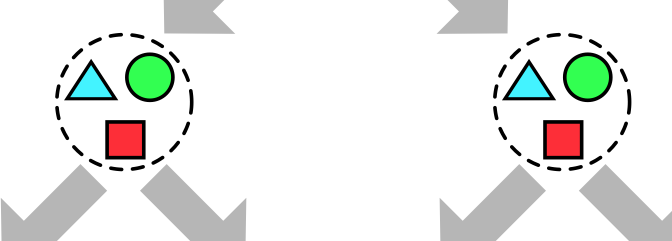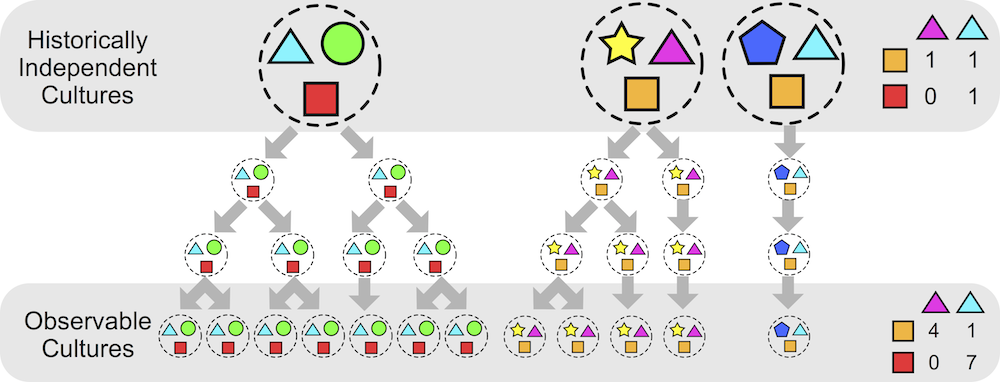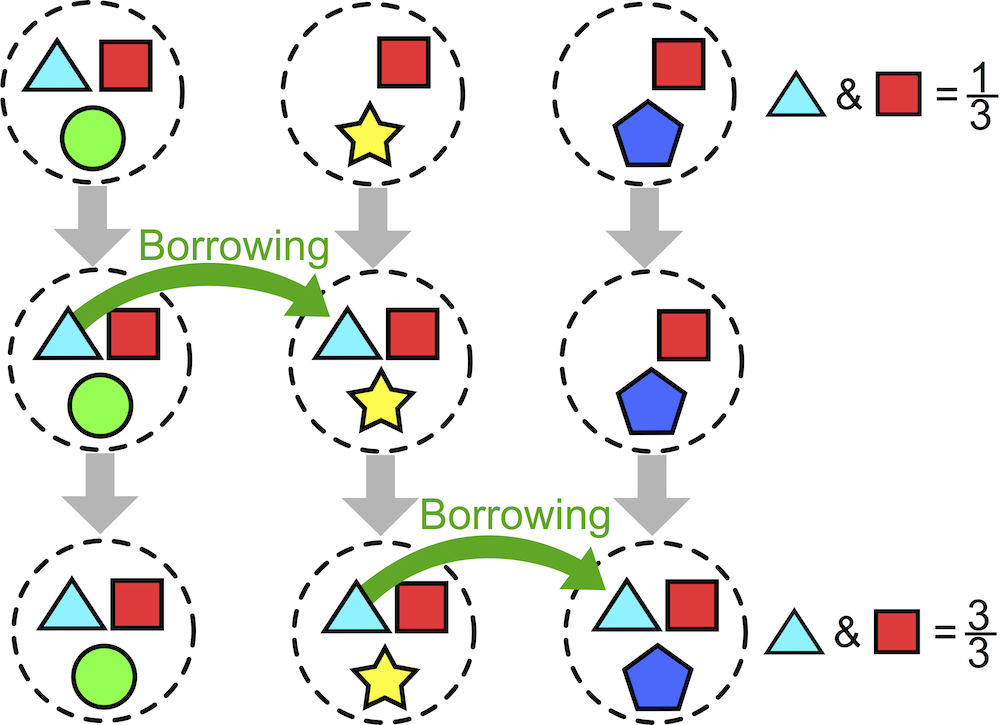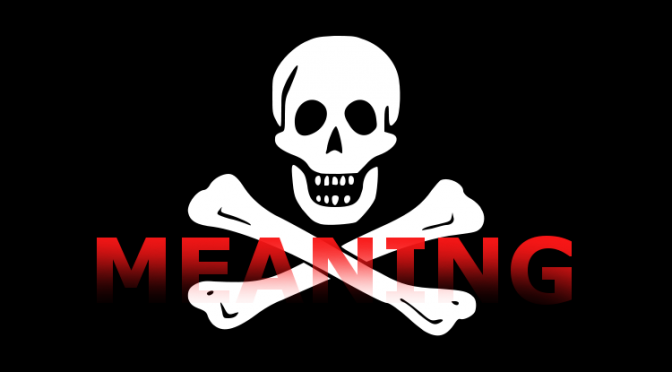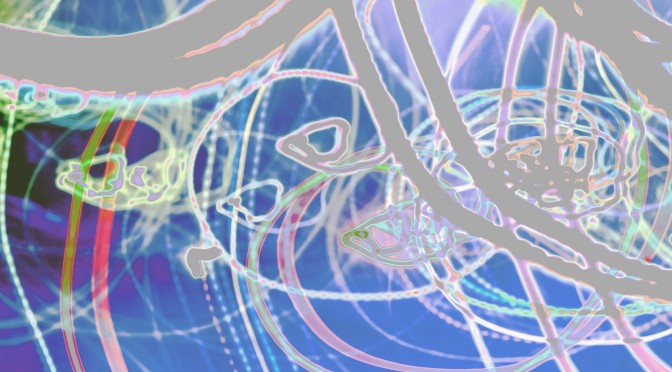Time to saddle-up and once more ride my current hobby horse, or one of them at least. In this case, the idea that natural language is the simplest aspect of human activity that is fundamentally and irreducibly computational in nature.
Let’s back into it.
* * * * *
Is arithmetic calculation computational in kind?
Well yes, of course. If anything is computation, that sure is.
Well then, in my current view, arithmetic calculation is language from which meaning has been completely removed, squeezed out as it were, leaving us with syntax, morphology, and so forth.
Elaborate.
First, let’s remind ourselves that arithmetic calculation, as performed by writing symbols on some surface, is a very specialized form of language. Sure, we think of it as something different from language…
All those years of drill and practice in primary school?
Yes. We have it drilled into our heads that arithmetic is one thing, over here, while language is something different, over there. But it’s obvious, isn’t it, that arithmetic is built from language?
OK, I’ll accept that.
So, arithmetic calculation has two kinds of symbols, numerals and operators. Both are finite in number. Numerals can be concatenated into strings of any length and in any order and combination.
OK. In the standard Arabic notation there are ten numerals, zero (0) through (9).
That’s correct.
And we’ve got five operators, +, -, * [times], ÷, and =. And, come to think of it, we probably should have left and right parenthesis as well.
OK. What’s the relationship between these two kinds of symbols?
Hmmmm….The operators allow as to specify various relationships between strings of numerals.
Starting with, yes, starting with a basic set of equivalences of the form, NumStr Op NumStr = NumStr, where Op is one from +, -, *, and ÷ and NumStr is a string of one or, in the case of these primitive equivalences, two numerals. [1]
Thus giving us those tables we memorized in grade school. Right!
What do you mean by semantics being removed?
Well, what are the potentially meaning-bearing elements in this collection?
That would be the numerals, no?
Yes. What do they mean?
Why, they don’t meaning anything…
Well… But they aren’t completely empty, are they?
No.
Elaborate. What’s not empty about, say, 5?
5 could designate…
By “designate” you mean “mean”?
Yes. 5 could designate any collection with five members. 5 apples, 5 oranges, 5 mountains, 5 stars…
What about an apple, an orange, a mountain, a star, and a dragon?
Yes, as long as there’s five of them.
Ah, I see. The numerals, or strings of numerals, are connected to the world though the operation of counting. When we use them to count, they, in effect, become numbers. But, yes, that’s a very general kind of relationship. Not much semantics or meaning there.
Right. And that’s what I mean by empty of semantics. All we’ve got left is syntax, more or less.
Sounds a bit like Searle in his Chinese Room.
Yes, it does, doesn’t it?
The idea is that the mental machinery we use to do arithmetic calculation, that’s natural computation, computation performed by a brain, from which semantics has been removed. That machinery is there in ordinary language, or even extraordinary language. Language couldn’t function without it. That’s where language gets its combinatorial facility.
And THAT sounds like Chomsky, no?
Yes.
* * * * *
And so it goes, on and on.
When the intellectual history of the second half of the twentieth century gets written, the discovery of the irreducibly computational nature of natural language will surely be listed as one of the highlights. Just who will get the honor, that’s not clear, though Chomsky is an obvious candidate. He certainly played a major role. But he didn’t figure out how an actual physical system could do it (the question was of little or no interest to him), and surely that’s part of the problem. If so, however, then we still haven’t gotten it figured out, have we?
* * * * *
[1] Isn’t that a bit sophisticated for the Glaucon figure in this dialog? Yes, but this is a 21st century Glaucon. He’s got a few tricks up his sleeve.
[2] Sounds a bit like the Frege/Russell set theory definition of number: a natural number n is the collection of all sets with n elements.

